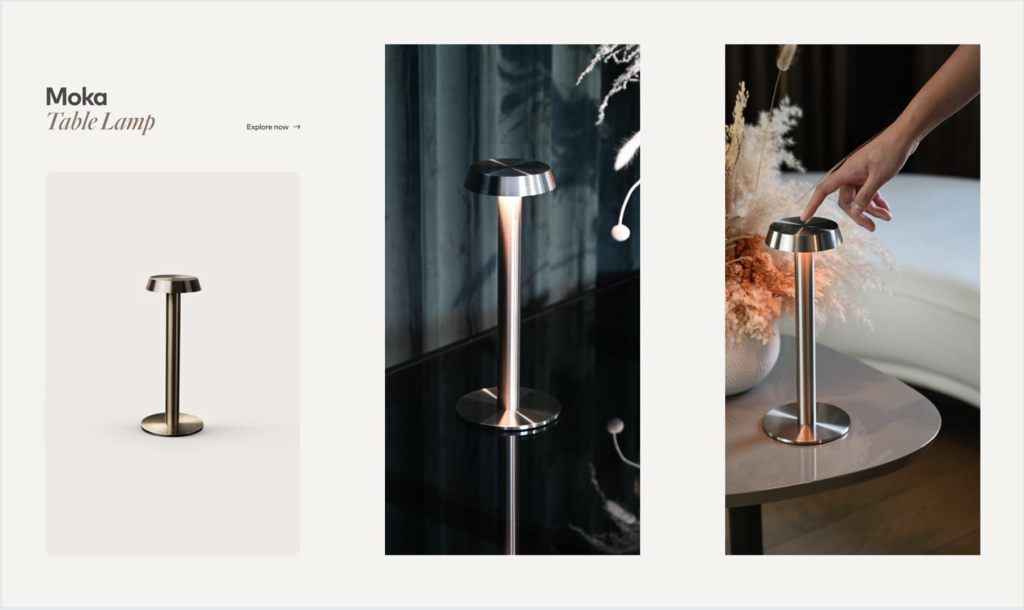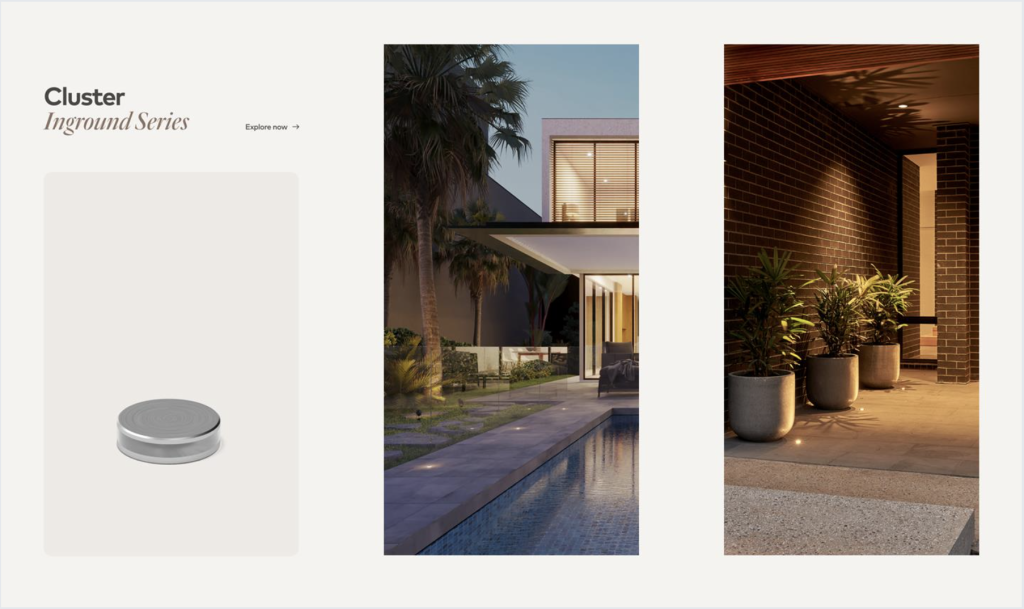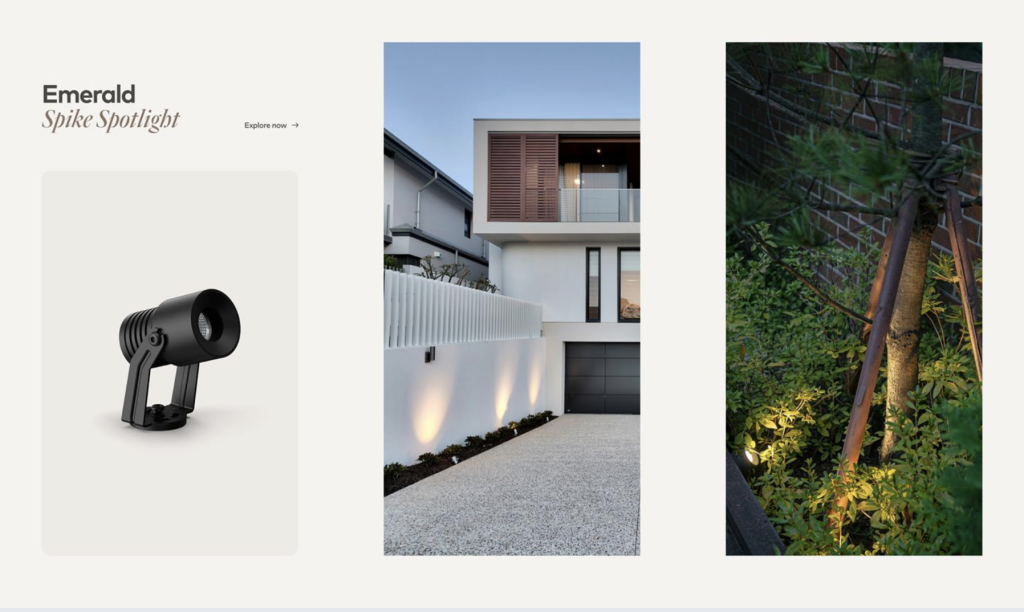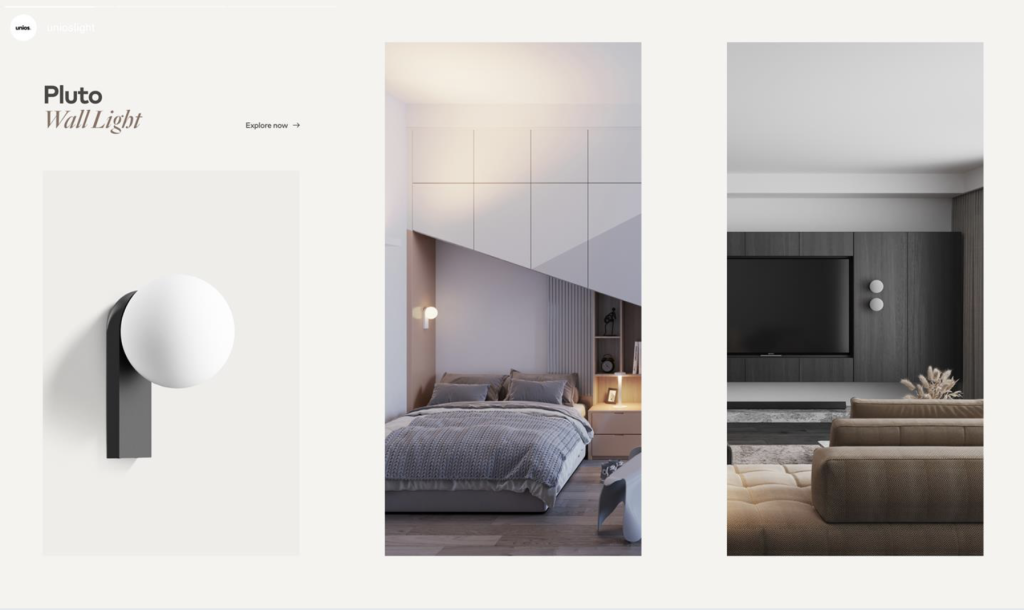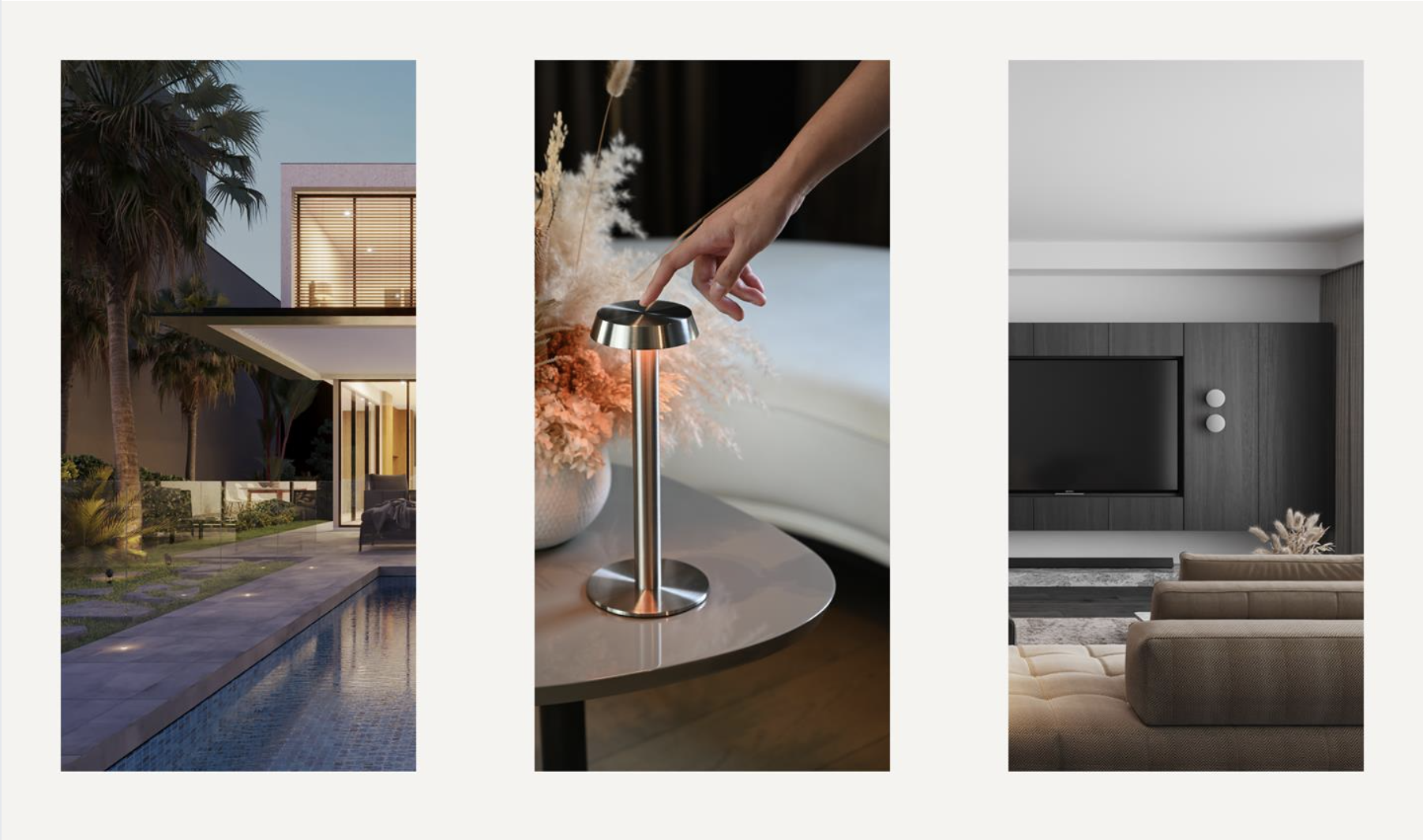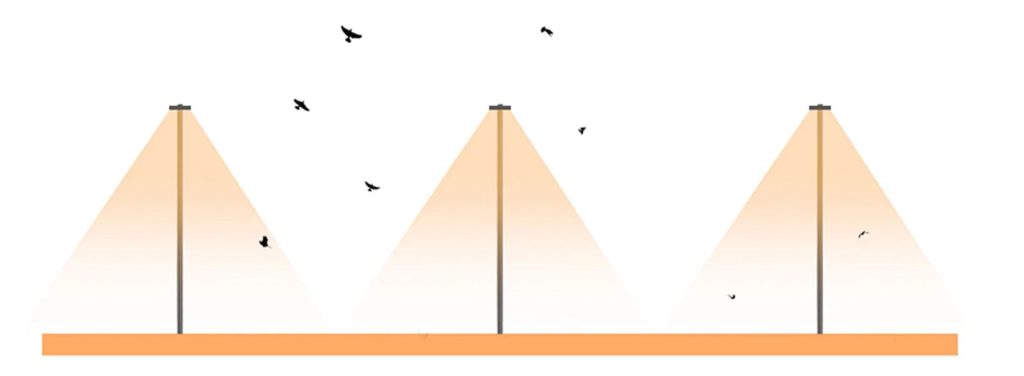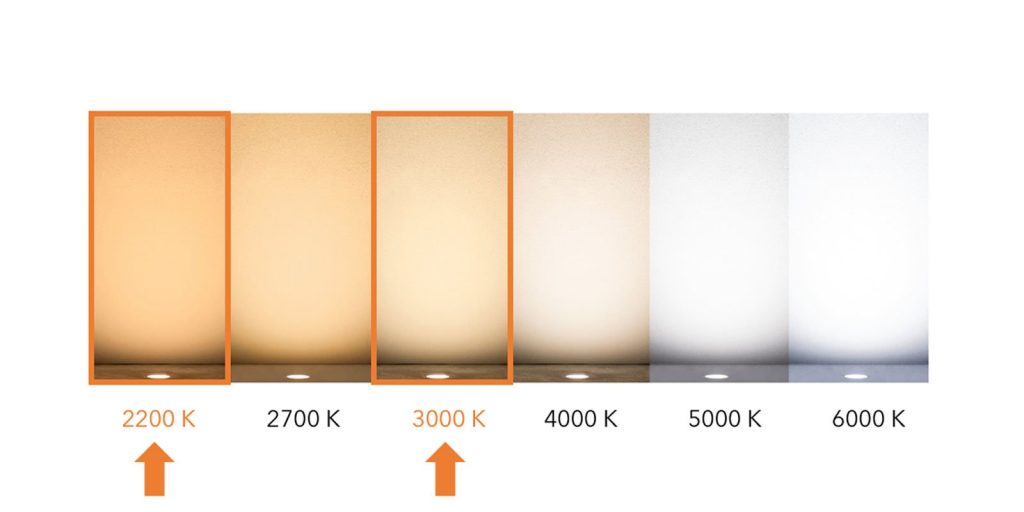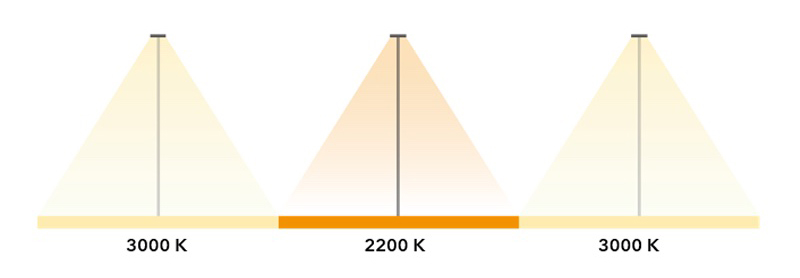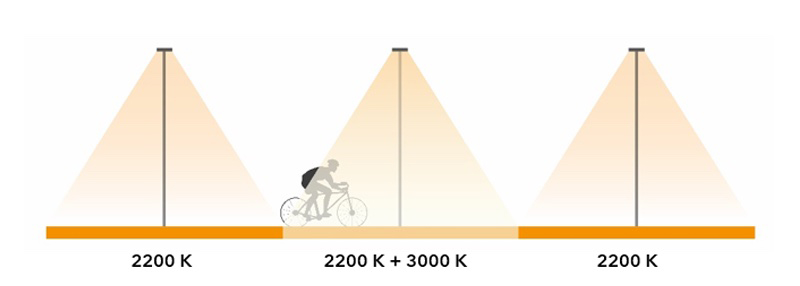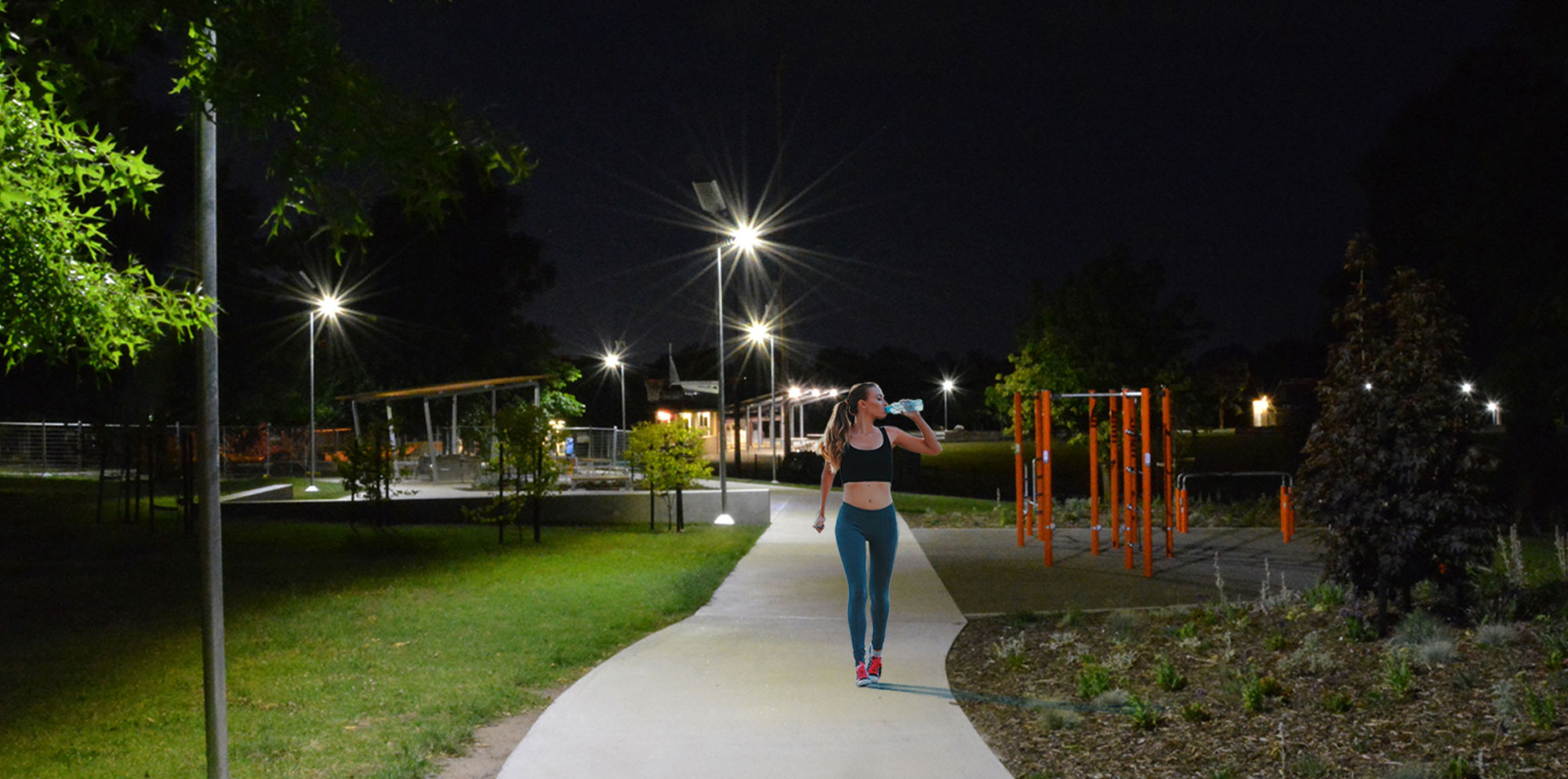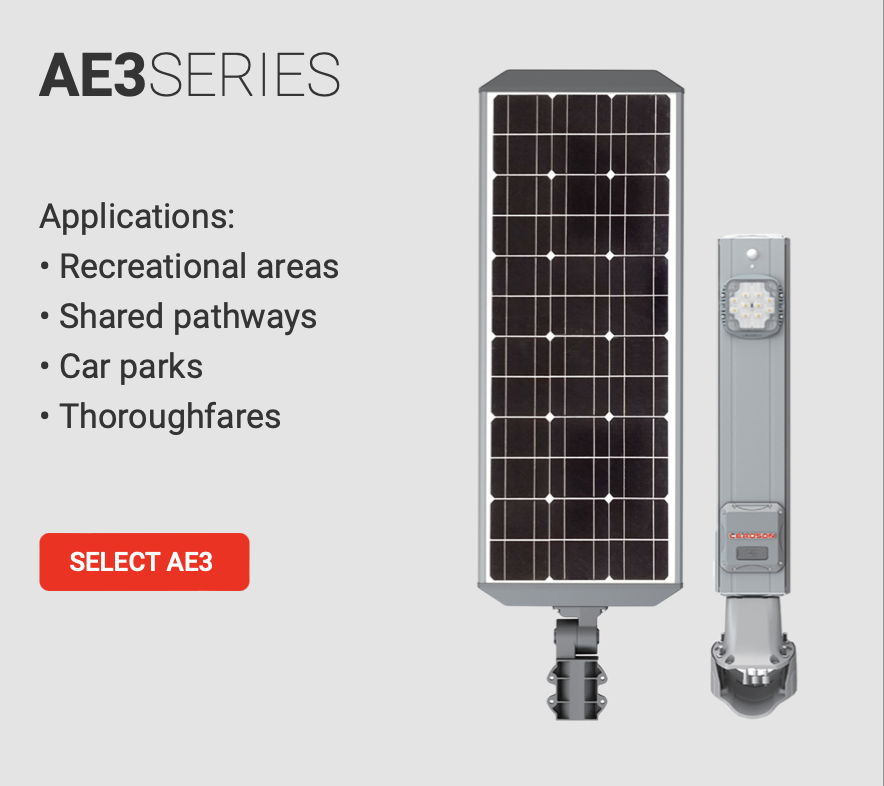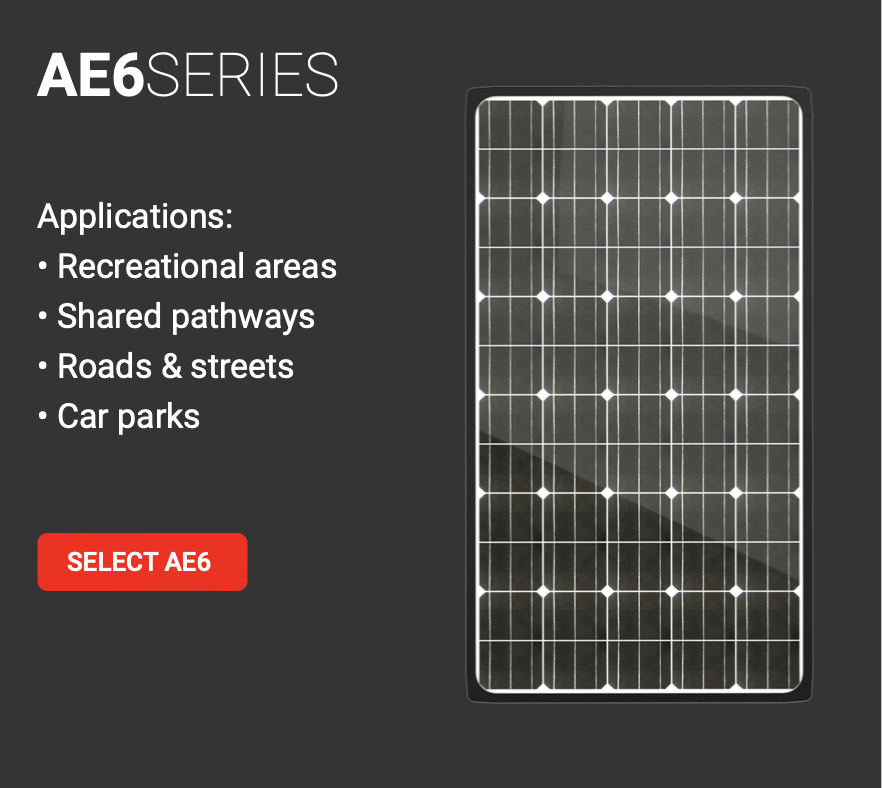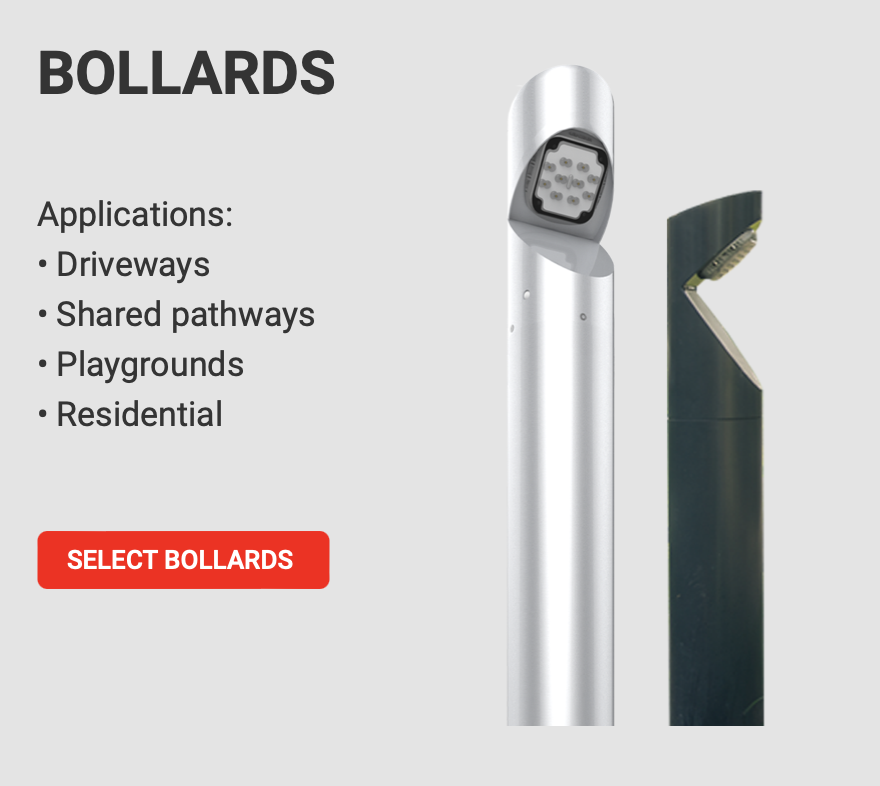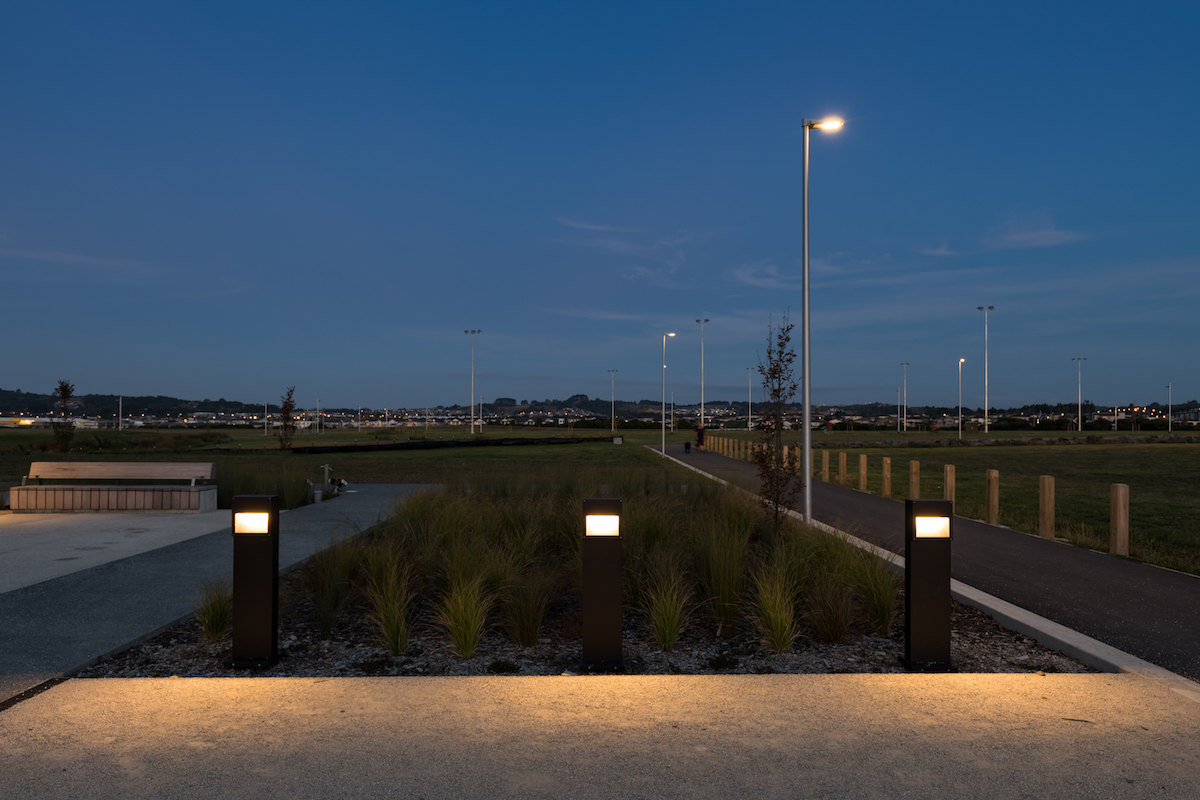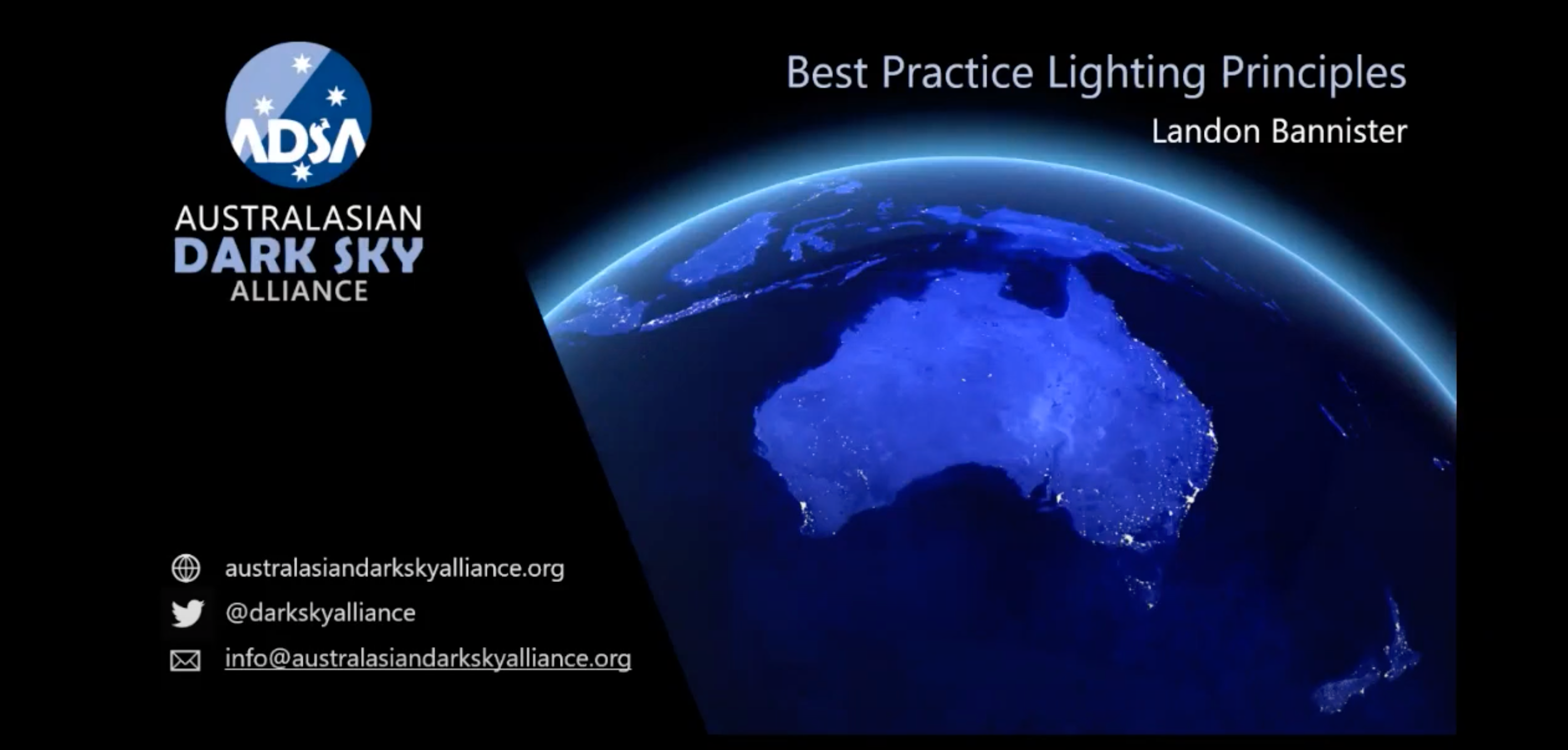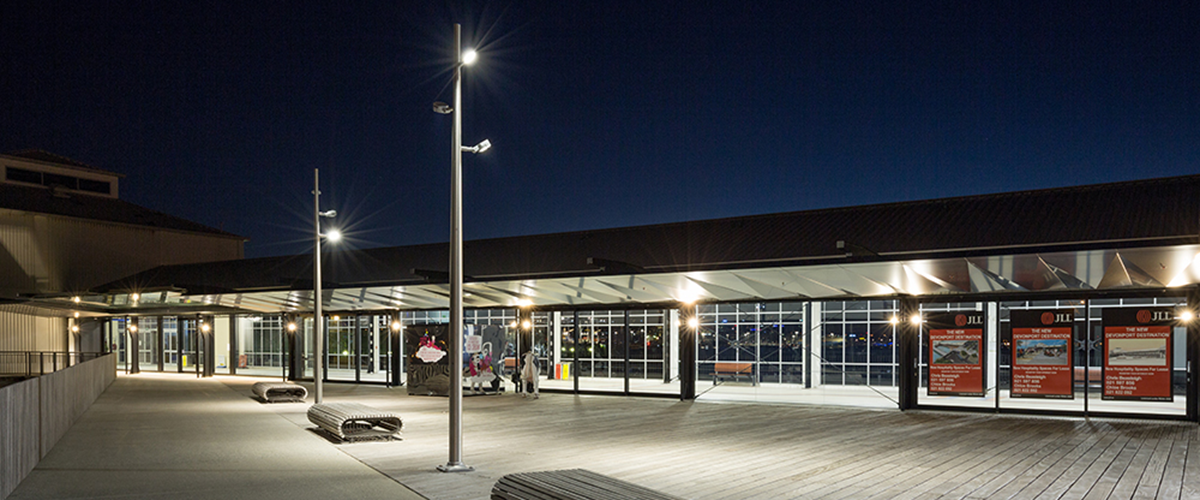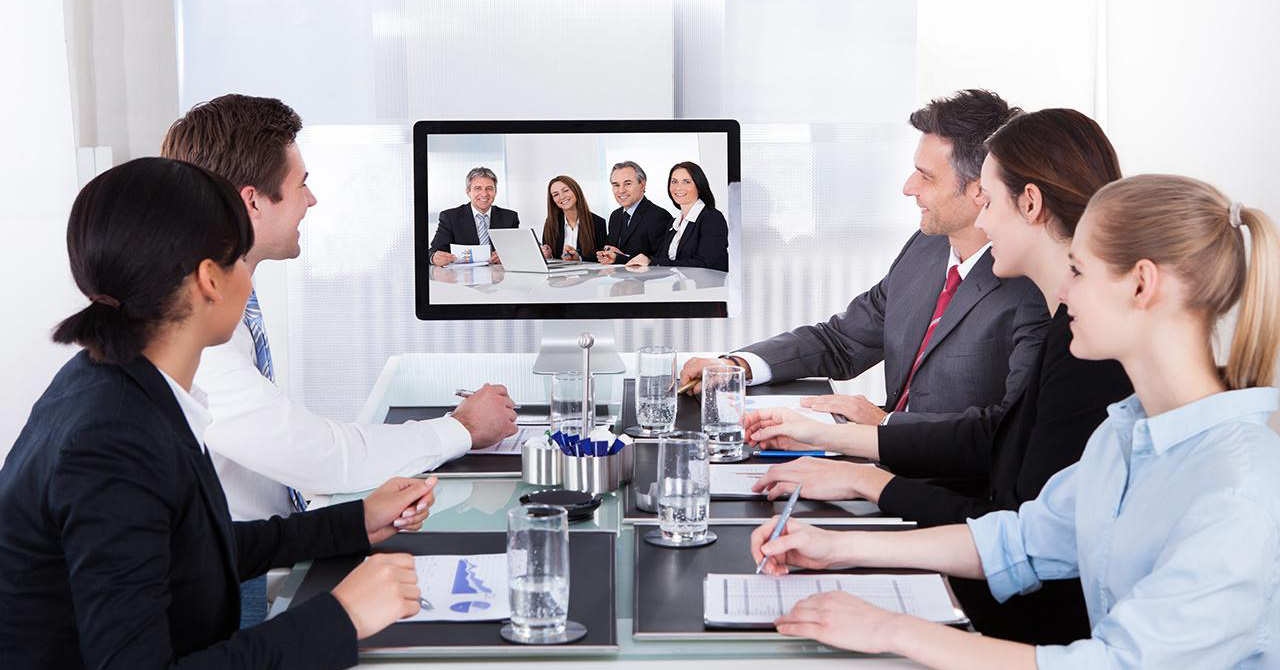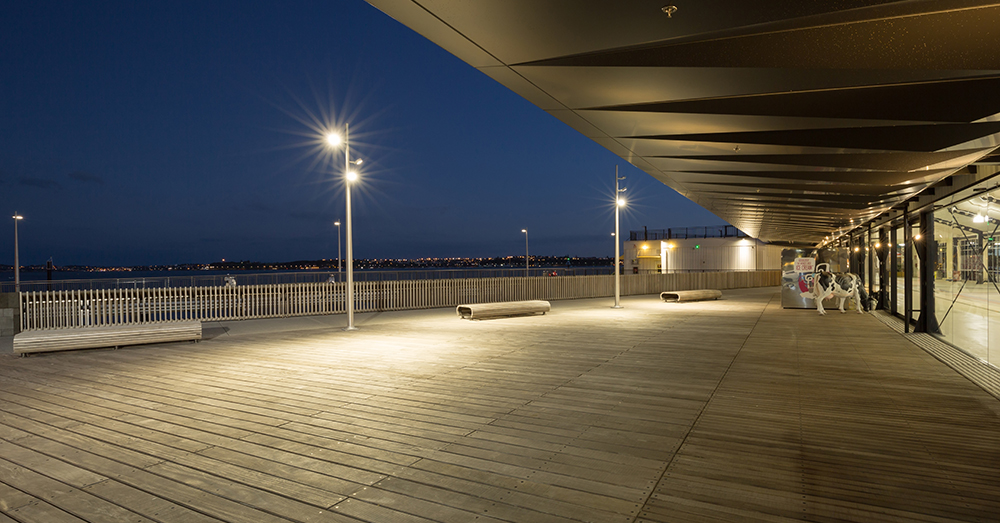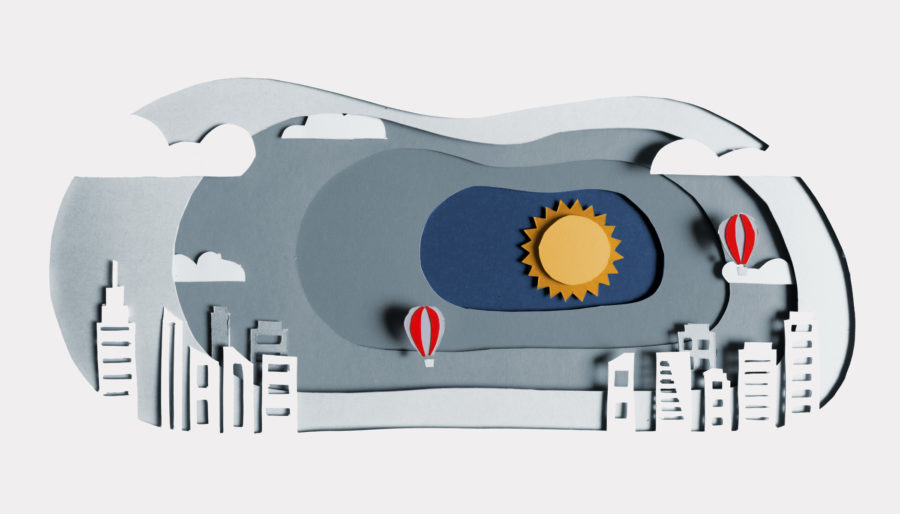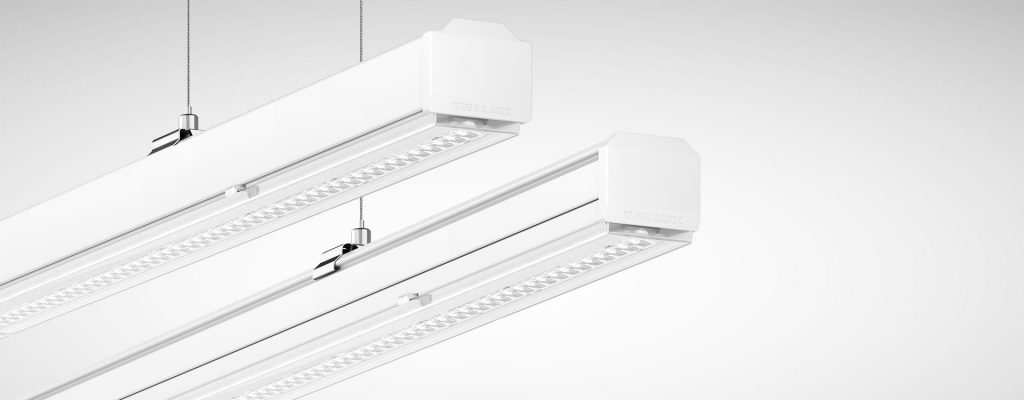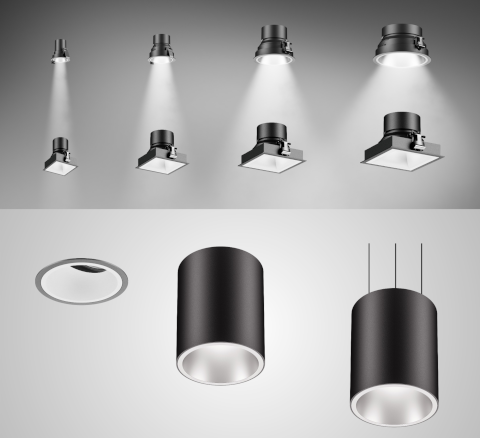When it comes to lighting poles, landscape architects, electrical engineers and lighting designers generally have two choices: aluminium or steel.
Traditionally, steel has been the material of choice for poles due to it being durable, strong and easy to fabricate. However, aluminium is becoming increasingly popular – for good reasons. Here are the key benefits aluminium poles offer compared to steel poles.
Corrosion Resistant
Manufactures of aluminium poles, like Hydro, use marine-grade aluminium that forms a protective oxide layer. This makes the poles highly corrosion resistant and prolongs their life. Due to this natural corrosion resistance, aluminium poles don’t need any additional surface treatment. Hydro aluminium poles can be designed with a designlife of up to 50 years.
In comparison, steel needs to be galvanised and is often also painted to protect it from corrosion, which results in extra costs and environmental impact. Any additional surface treatments such as paint or powder coat will have a finite life. This becomes a maintenance burden over the lifespan of the pole.
In a harsh climate like New Zealand, the natural corrosion resistance of aluminium poles offers many benefits. It gives both suppliers and customers the confidence that the poles will stand the test of time, that they will still look good many years into the future and that ongoing maintenance costs will be at a minimum.
100% Recyclable and Clean/Green Production
When considering the big picture and the greater good of society, aluminium offers one significant benefit compared to steel: It’s 100% recyclable without loss of quality. Our Hydro aluminium poles are made from 95% recycled aluminium.
Using recycled aluminium is much cheaper than primary aluminium. Maybe even more importantly, it requires only about 5% of the energy needed to produce primary aluminium. Given that energy consumption is a major environmental issue, this alone is a great reason to consider aluminium poles over steel.
The positive environmental impact is further enhanced when using poles from a sustainability-focused business like Hydro, who use 100% clean and green energy for their manufacturing processes. However, it is important to note that this is not the case for all pole manufacturers. Many still rely on dirty, fossil fuel energy, so make sure you know where your poles come from and how they are manufactured.
If sustainability and the protection of our environment are aspects that matter to you when selecting your products, there is no better choice than Hydro aluminium poles.
Lightweight
Another advantage of aluminium is that it is strong but lightweight. The average aluminium pole weighs less than half of the equivalent steel pole. The AT (Auckland Transport) approved Hydro aluminium poles that we stock only weigh between 41kg (6m pole) and 92kg (10m) pole, which means the 6m and 8m poles can be lifted and installed by two people without needing any heavy machinery or traffic management.
The lower weight is not just beneficial during installation. It also offers advantages during manufacturing, shipping and storage that all help to keep the cost down.
Elegant Aesthetics and Easy to Fabricate
Aluminium is a very malleable material that is easy to fabricate and can be bent and shaped in many ways. As a result, leading suppliers like Hydro are able to offer custom shaped poles at competitive pricing.
Aluminium poles are made from one seamless extruded profile meaning there are no welded seams – something that is not possible with steel. In addition, our Hydro aluminium poles are one single piece, not multiple sections mounted together. Unlike steel, aluminium does not need to be painted, which is an advantage as it means there are no concerns about paint damage. However, they can be painted if required to meet the desired aesthetics.
Competitive Pricing
Aluminium poles offer all of these benefits and more at a similar price to what you would pay for quality galvanised and painted steel poles. Considering longer lifespans and ongoing maintenance costs, aluminium poles are often the more cost-effective option for many projects.
Learn more about Hydro aluminium poles here or contact us to discuss the use of aluminium poles for your upcoming projects.
